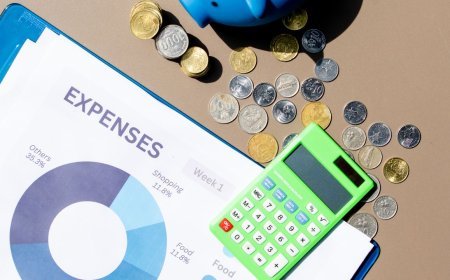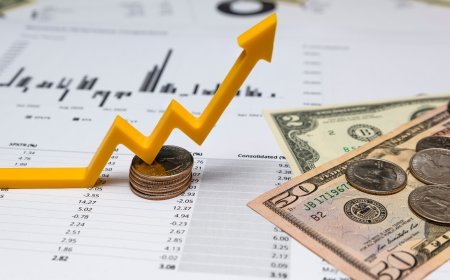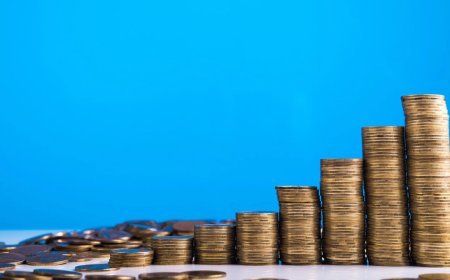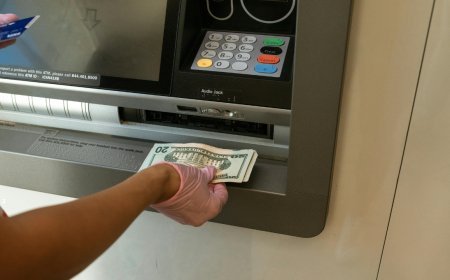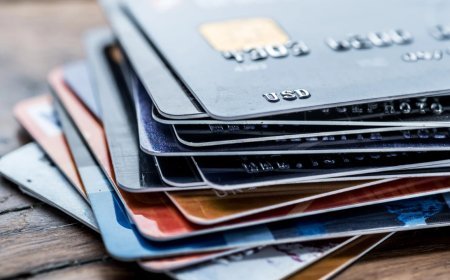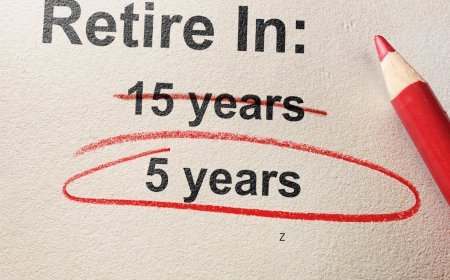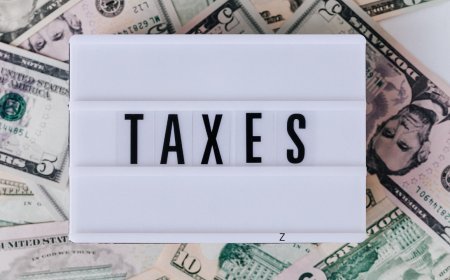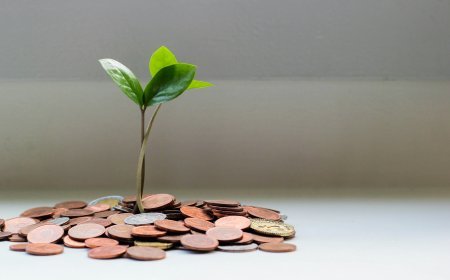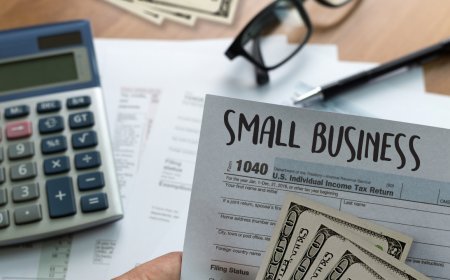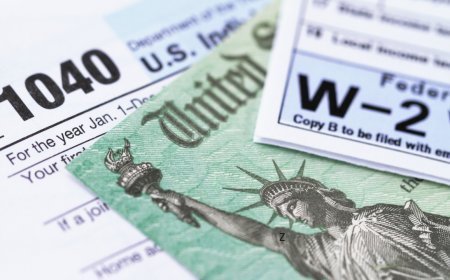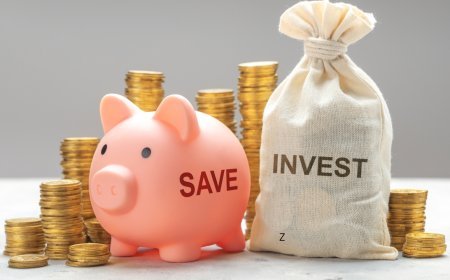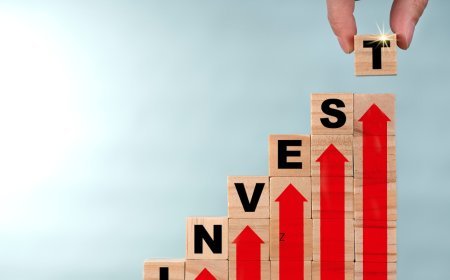The Millionaire's Shopping Secret: Why Rich People Always Buy This First

Rich people don’t shop like the rest of us—not because they have more money, but because they’ve mastered a strategic approach to spending that maximizes value and builds wealth over time. While most chase the lowest price, millionaires prioritize the highest value per dollar, turning every purchase into an opportunity for long-term savings, productivity, or income. Here’s how they do it and how you can adopt their mindset.
Millionaires approach shopping with a mindset that transforms every purchase into a strategic opportunity for wealth-building. Unlike the average consumer who fixates on finding the cheapest price, wealthy individuals prioritize long-term value, focusing on how their spending can save time, reduce costs, or generate income over time. This disciplined approach isn’t about flaunting wealth or indulging in luxury—it’s about making every dollar work harder, turning purchases into investments that compound their financial success. By adopting their strategies, you can shift your shopping habits from mere consumption to a powerful tool for building lasting wealth.
The Millionaire Shopping Formula
The wealthy follow a six-part formula that guides their purchasing decisions: prioritizing quality over quantity, analyzing true costs, viewing purchases as investments, researching extensively, building vendor relationships, and upgrading strategically. This methodical approach ensures they get the most value per dollar, whether buying a pair of shoes or a piece of business equipment. For example, a millionaire might choose a $1,000 mattress that improves sleep quality and lasts 15 years over a $300 mattress replaced every five years, saving money and boosting productivity through better rest. You can start applying this formula by evaluating your next purchase not just by its price tag, but by its potential to enhance your life or finances over the long term.
The “Buy It For Life” Philosophy
Wealthy shoppers prioritize durability and performance, opting for products that last decades rather than months. Marcus Johnson, a construction worker who became a millionaire, learned this early when he chose $200 work boots that lasted eight years over $40 boots that wore out every six months. “The cheap boots cost me $80 a year, while the good ones cost $25 a year when you break it down,” he explains. This cost-per-use calculation—dividing the price by the expected number of uses—reveals the true value of a purchase. For instance, a $500 jacket worn 200 times costs $2.50 per wear, while a $100 jacket replaced after 50 wears costs $2.00 initially but doubles with replacements over time.
Sarah Chen, a self-made millionaire, applies this philosophy to everything from kitchen appliances to clothing. Her $400 KitchenAid mixer, purchased in 1995, still runs perfectly, while her friends have replaced cheaper mixers three or four times in the same period. To adopt this mindset, start with purchases over $100: calculate cost-per-use by estimating how long the item will last and how often you’ll use it. Choose items that offer superior durability or functionality, like professional-grade tools or high-quality furniture, to save money and avoid the hassle of frequent replacements.
Research Like a Millionaire
Millionaires don’t make impulse purchases—they invest significant time researching before buying anything substantial. Real estate investor David Rodriguez spends weeks on purchases over $100, scouring reviews, joining online forums, watching YouTube videos, and even contacting current owners to gather insights. “Good research prevents expensive mistakes,” he says. “I’ve avoided buying the wrong thing and having to replace it, which saves both money and time.” His approach ensures every purchase aligns with his long-term financial goals, whether it’s a car, a laptop, or a piece of rental property equipment.
Their research process evaluates five key factors: performance (how well it works compared to alternatives), durability (how long it lasts under regular use), resale value (can it be sold later for a good price?), opportunity cost (could the money be better invested elsewhere?), and total ownership cost (including maintenance and upgrades). To apply this, dedicate at least 30 minutes to researching any purchase over $100. Compare three options across different price ranges, read reviews from owners who’ve used the item for a year or more, and consider how it fits into your broader financial strategy.
Every Purchase as an Investment
Wealthy shoppers view every significant purchase through an investment lens, asking whether it will save time, reduce costs, or generate income. Entrepreneur Jennifer Park, for example, spent $3,000 on a high-performance laptop that saved her 30 minutes daily compared to her old, sluggish computer. Over three years, that’s 365 hours saved—time she used to grow her business, far outweighing the laptop’s cost. This mindset transforms spending from a drain on resources to a strategic move that enhances wealth.
Common investment-grade purchases include time-saving tools (like a high-quality dishwasher), health-focused items (such as a premium mattress to prevent medical costs), skill-building resources (like courses or professional tools), and income-generating assets (such as equipment for a side hustle). To adopt this approach, evaluate major purchases by estimating their impact over three years. For example, a $1,000 ergonomic chair might prevent back pain and boost productivity, saving you thousands in healthcare costs or lost work hours. Ask yourself: How will this purchase make my life or finances better in the long run?
The Power of Vendor Relationships
Millionaires don’t just buy products—they build long-term relationships with vendors, turning transactions into partnerships that amplify value. Restaurant owner Lisa Martinez saved thousands by cultivating ties with equipment suppliers who provided maintenance, training, and rapid repairs. “When my oven broke during peak season, my supplier had it fixed in four hours instead of four days,” she says. These relationships offer better pricing (like volume discounts), superior service (such as priority repairs), market insights (like early access to new products), and even business opportunities through referrals.
You can start building vendor relationships in categories you frequently shop, such as electronics, home goods, or business supplies. Reach out to local suppliers or online retailers, inquire about loyalty programs, and negotiate for perks like extended warranties or bulk discounts. For example, a contractor who regularly buys from the same hardware store might secure a 10% discount or priority delivery, saving both time and money. These connections turn vendors into allies in your wealth-building journey.
When to Upgrade (and When Not To)
Wealthy individuals master the art of strategic upgrades, knowing when to invest in premium products and when basic versions suffice. Professional photographer Mike Thompson starts with entry-level gear when learning a new skill, then upgrades to professional-grade equipment once his expertise justifies it. “I don’t waste money on features I don’t need, but I invest in quality where it impacts my work,” he explains. This approach prevents overspending while ensuring top performance for critical tools.
Their upgrade criteria focus on usage frequency (daily-use items get premium investment), skill level (professional skills warrant professional tools), income potential (equipment that boosts revenue gets priority), and safety (no compromises where failure risks harm). For example, a chef might buy a basic knife set for occasional home cooking but invest in a $300 chef’s knife for daily professional use. Apply this by sticking to reliable basics for infrequent tasks and reserving premium purchases for items tied to income, safety, or heavy use.
Calculating Hidden Costs
Millionaires excel at uncovering hidden costs that others overlook, such as maintenance, replacements, productivity impacts, and opportunity costs. Car dealer Robert Kim chose a $5,000 pricier Toyota over a cheaper competitor, saving $3,000 in repairs and $2,000 in depreciation over five years. “It wasn’t about the upfront cost—it was about reliability and long-term savings,” he says. This comprehensive analysis often reveals that “expensive” options are cheaper over time.
To calculate hidden costs, consider maintenance (ongoing upkeep), replacement frequency (how often it needs replacing), productivity impact (how quality affects efficiency), and opportunity costs (what the money could earn if invested elsewhere). For purchases over $500, create a spreadsheet comparing these factors across three options. For instance, a $2,000 washing machine with lower water usage and fewer repairs might save $1,000 over a decade compared to a $1,000 model. This approach ensures you make financially sound decisions.
Timing Is Everything
Wealthy shoppers combine their focus on quality with strategic timing to maximize value. Interior designer Amanda Foster saves thousands by buying premium outdoor furniture in September, winter clothes in March, and electronics during back-to-school sales. “Patience lets me get high-end brands at mid-range prices,” she says. By understanding retail cycles, she secures luxury items at discounts of 30–50%, stretching her budget further.
Timing strategies include targeting end-of-season sales (like summer gear in fall), model year transitions (last year’s models at reduced prices), and economic downturns (when luxury goods drop in price). To apply this, research sale cycles for big-ticket items like appliances or vehicles and plan your purchases around these periods. For example, buying a high-end laptop during Black Friday can save hundreds without sacrificing quality, making premium products more accessible.
Your Wealthy Shopping Action Plan
To shop like a millionaire, adopt these actionable steps for smarter spending. For purchases over $100, calculate cost-per-use by dividing the price by expected uses, compare three options across price ranges, identify features that justify premium pricing, and ensure the item saves time, money, or generates income. For major purchases ($500+), wait 48 hours before deciding, read reviews from owners with at least a year of use, calculate total ownership costs (including maintenance and repairs), and check resale value to understand depreciation.
To build wealth through shopping, track your cost-per-use on major purchases to refine your judgment, build relationships with reliable vendors for discounts or perks, invest savings from avoiding cheap replacements into income-generating assets, and learn to distinguish value-adding features from marketing hype. Start with your next purchase: ask, “Will this make me richer in time, money, or opportunity?” By embracing this strategic mindset, you’ll transform every purchase into a step toward financial freedom.
What's Your Reaction?
 Like
0
Like
0
 Dislike
0
Dislike
0
 Love
0
Love
0
 Funny
0
Funny
0
 Angry
0
Angry
0
 Sad
0
Sad
0
 Wow
0
Wow
0

